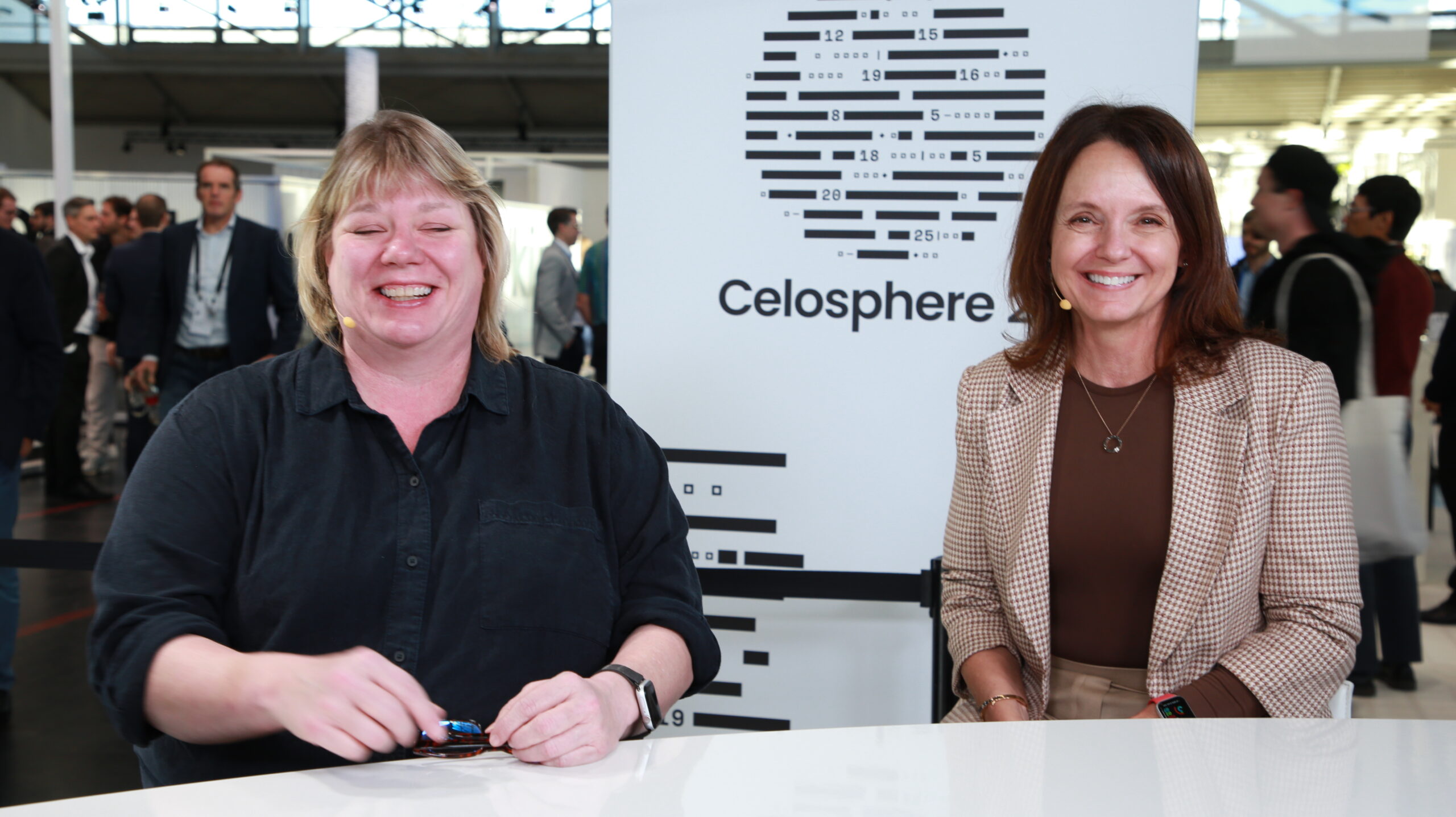Process intelligence has made significant strides in improving outcomes for youth involved in the justice and mental health systems. A collaborative initiative between The College of William & Mary and Evident Change continues to showcase how data-driven insights can uncover inefficiencies, reshape interventions, and ultimately create fairer, more effective systems for vulnerable children.
If successful, this partnership could redefine the role of data science and process intelligence in serving the public good—transforming the flow of information and the futures of thousands of children who depend on it.
“Our partnership has been made to improve things for children and families across the world,” said Erin Espinosa (pictured, left), director of research at Evident Change. “What process mining has brought to the game is the ability to tell systems in a different way how their inefficiencies are actually having negative outcomes. If we hadn’t had this opportunity, I never even would’ve thought to use process mining.”
Espinosa added, “One of the things that’s been real powerful the last year is being able to take an actual visual of how kids flow through these systems and show judges and probation officers and clinicians that there is an impact when you make a decision that goes in the wrong direction.”
Espinosa and Monica Chiarini Tremblay (right), Hays T. Watkins Distinguished Professor of Business at Raymond A. Mason School of Business, The College of William & Mary, spoke with theCUBE’s Rob Strechay at Celosphere 25 during an exclusive broadcast on theCUBE, SiliconANGLE Media’s livestreaming studio. They discussed the potential for data-driven insights to reinvigorate justice and mental healthcare delivery, particularly for young Americans.
### Process Intelligence Facilitates the Move from Data to Discovery
A year ago, the project was in its infancy: data was being ingested, patterns were being explored, but practical applications remained unclear. Since then, Tremblay and Espinosa have shared their findings with academic, judicial, and policy forums, using feedback from these stakeholders to refine both their models and messaging.
With data covering 700,000 youth—450,000 of whom intersect with mental health services—the scale of insight has been immense, according to Tremblay.
“We’re trying to figure out how to interpret these patterns because you can imagine not one kid follows the same process,” she explained. “What are the key performance indicators in this case? What do we measure? How do we communicate that? The only way for us to gather that information is to get in front of people and say, ‘This is what we’re finding.’”
Importantly, process intelligence bridges the gap between raw data and lived realities. For youth within these systems, experts can now trace where processes break down. The visualizations generated have proven powerful—judges and probation officers can see, often in real time, how repeated detentions and delayed treatments trap youth in cycles of failure, Espinosa noted.
—
**Watch the complete video interview**, part of SiliconANGLE’s and theCUBE’s coverage of Celosphere 25.
*Disclosure: TheCUBE is a paid media partner for Celosphere 25. Neither Celonis SE—the sponsor of theCUBE’s event coverage—nor other sponsors have editorial control over content on theCUBE or SiliconANGLE.*
*Photo credit: SiliconANGLE*
https://siliconangle.com/2025/11/04/data-change-process-intelligence-youth-mental-health-celosphere/
